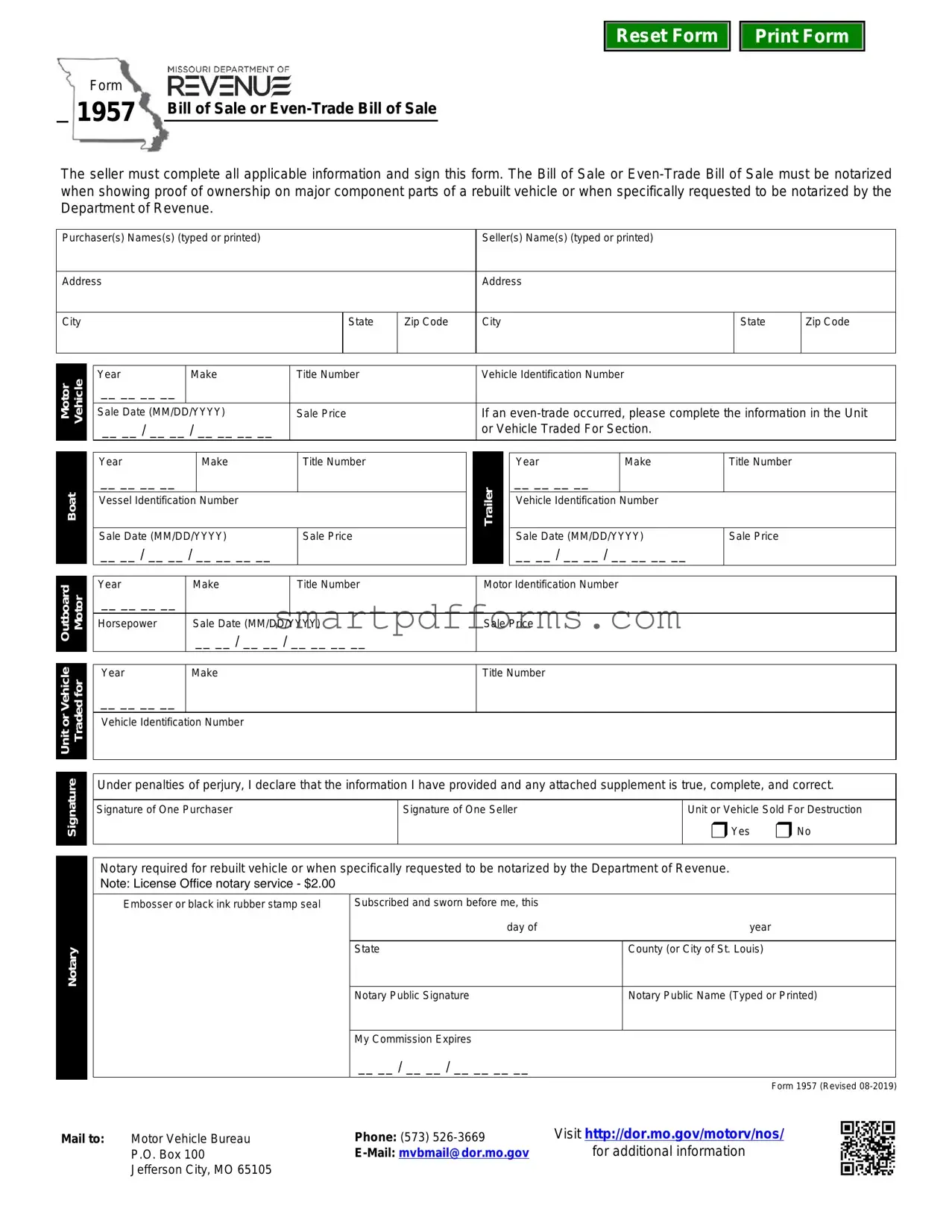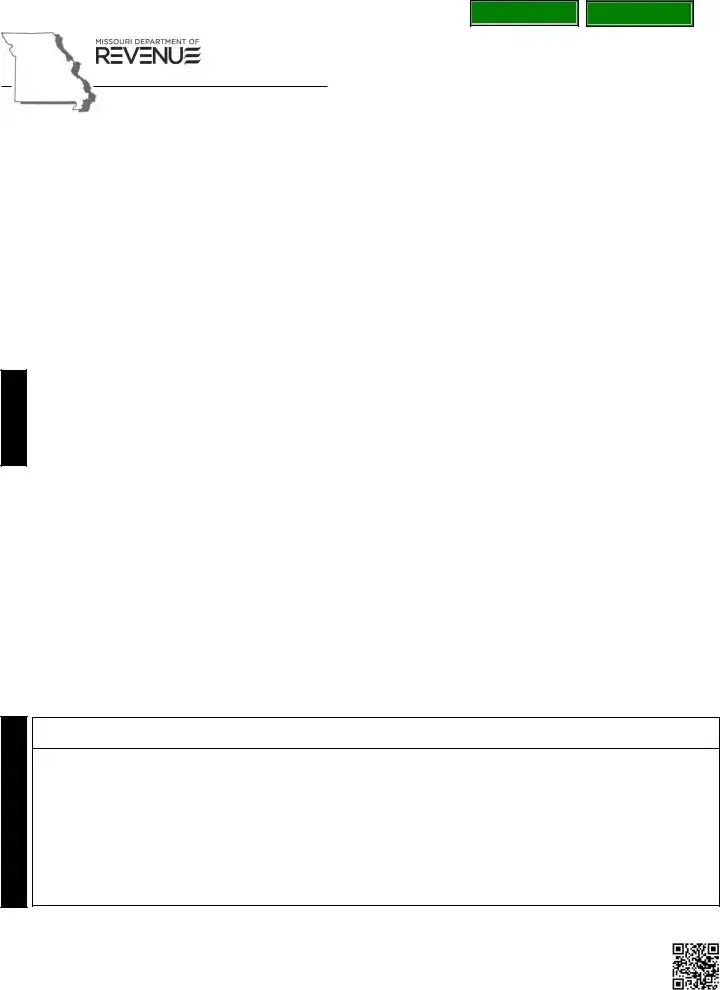When selling or buying personal property, the transaction must be documented accurately and comprehensively to ensure legality and protect the interests of both parties involved. That's where the Bill of Sale (BOS) form becomes crucial. This document serves as a proof of purchase, recording the important details of the transaction such as who sold what to whom, for how much, and under what conditions. It's a straightforward yet powerful tool to confirm the transfer of ownership and can be used for a wide variety of personal properties including vehicles, boats, equipment, and more. The BOS is not just a receipt; it's a binding agreement that can also specify warranties or the lack thereof, making it a key element in any sale. Ensuring that this form is filled out correctly and completely can save individuals from potential legal issues in the future. This importance comes from its role in protecting buyers and sellers, providing peace of mind and serving as a legal record of the transaction.

